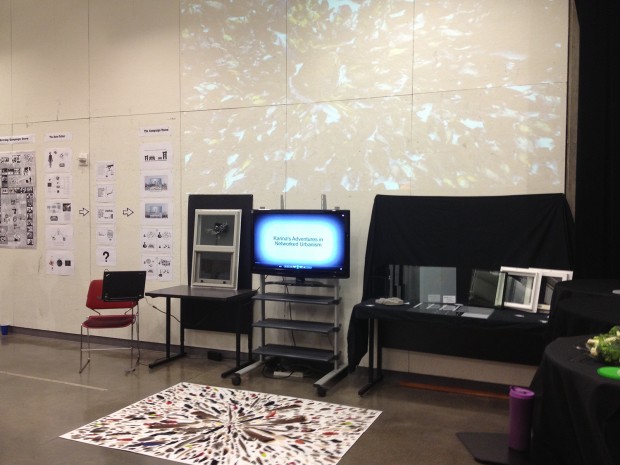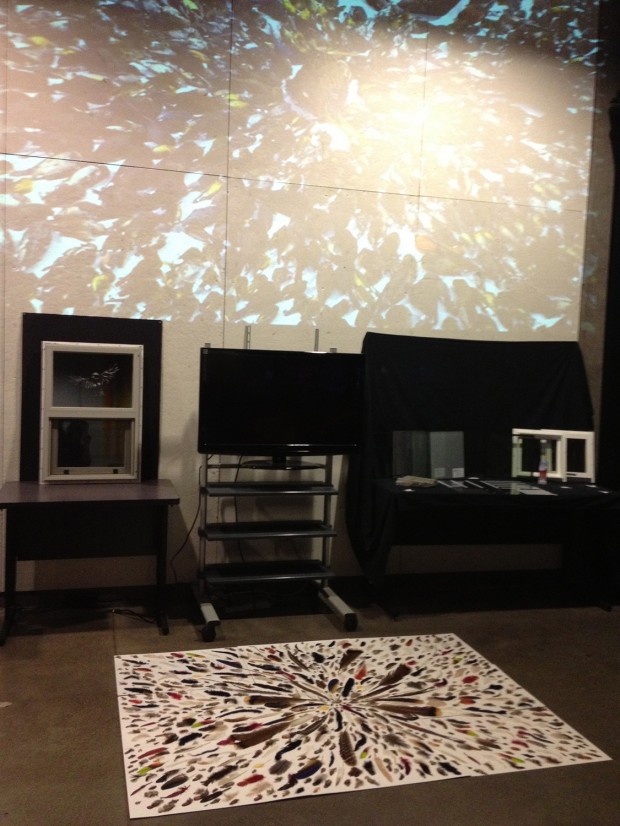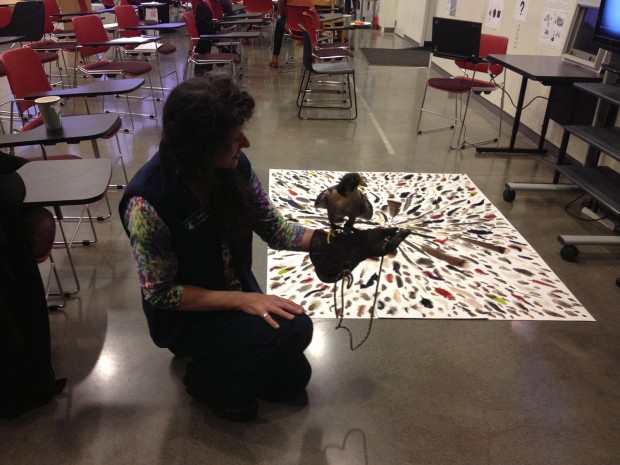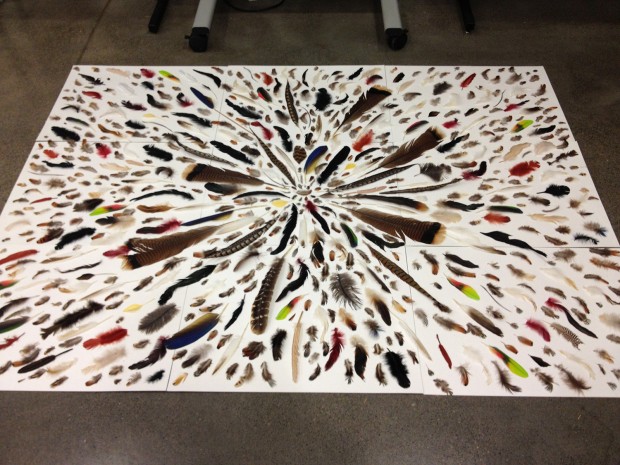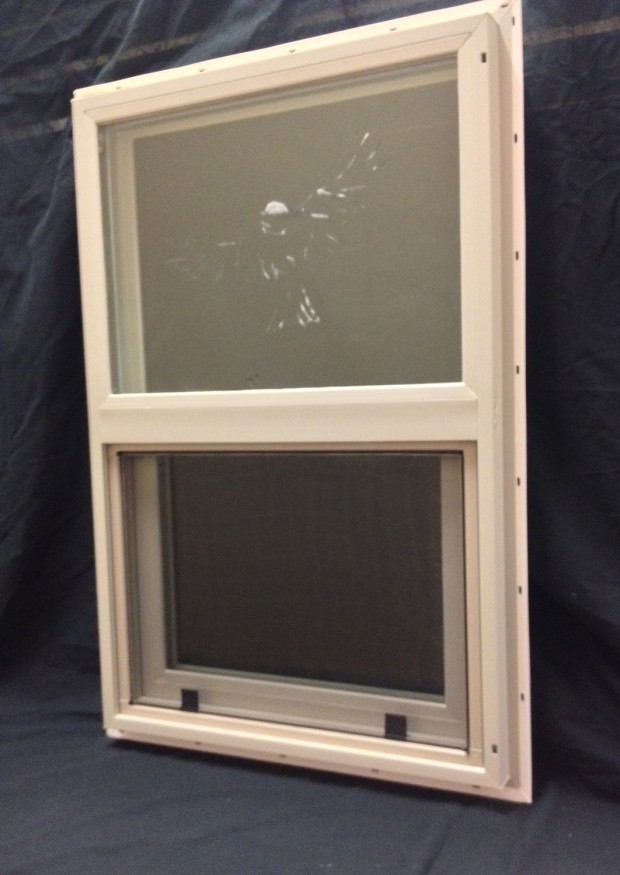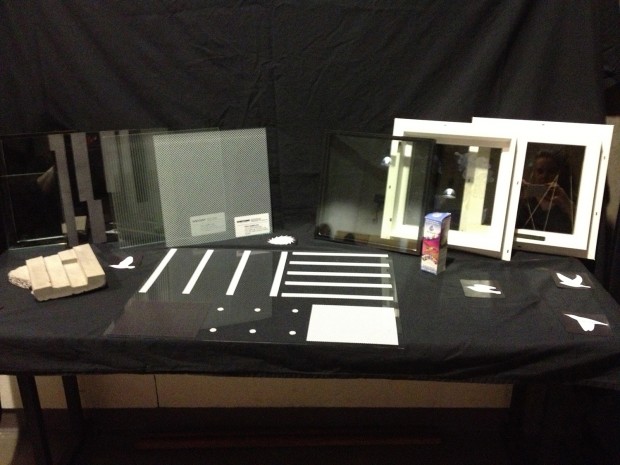Networked Urbanism
design thinking initiatives for a better urban life
apps awareness bahrain bike climate culture Death design digital donations economy education energy extreme Extreme climate funerals georeference GSD Harvard interaction Krystelle mapping market middle east mobility Network networkedurbanism nurra nurraempathy placemaking Public public space resources Responsivedesign social social market Space time time management ucjc visitor void waste water Ziyi
4pm PDX Time
The following is the final video from my term project called “Birds Striking Building Windows”
The whole experience at the final review was quite nice. I enjoyed being able to finally show the video that Liz Cosko and I had been working so hard on.
At the bottom of this post, you will find a written description of the process of this term’s project.
Here is the short video of my experiences of learning about Networked Urbanism.
The following are some fun still shots and a few videos from the final presentation:
Project Statement for Birds Striking Building Windows:
The idea of creating a film about birds striking building windows came about after my first visit to the Audubon Society of Portland. I had been working with the nature in the city team and decided to drive up the hill and visit the Portland Audubon Center. I wondered in and asked if I could interview someone about the work they did. Little did I know that it would take me to my project on Birds Striking Building Windows. During the interview, I found out about the program called Lights out Portland where every spring and fall migration period, the Audubon Society runs a volunteer program which has the tall buildings downtown turn out their building lights. The reason for doing this was because when the tall city building lights are on, migrating birds are attracted into the city at night and then they find themselves among the multitude of glass early the next morning. These birds that are not accustomed to the city, don’t recognize glass and will hit it at full speed, thus causing them to die or have serious injuries that usually result in later death.
I started to dig into this issue and quickly realized that it was not just the night lights bringing the birds into the cities, but that cities like Portland are on migration paths for birds traveling from Alaska/Canada all the way to South America and back twice a year. The biggest shocker I found out was that more than a billion birds are dying from running into buildings in the U.S. alone. This is the second leading cause of human-caused bird-deaths only after habitat destruction. 10% of those are occurring at small buildings like homes. What struck me was that as a building professional I had no idea of the scope of the issue. As I discussed this with my colleagues, professors, and friends, I realized that very few professionals and building owners knew about the problem. As I started to research further, I noticed that there was little information for architects, builders, facilities managers, and building owners (including homeowners) about the issue or what they could do about it. There was also little information about what is being done in Portland. I decided that a film was the best way to get the message out. (There was also interest by the City of Portland Bureau of Sustainability and the Audubon Society of Portland for a video).
After many discussions with non-profit bird organizations/volunteers, city officials, government wildlife bureaus, facilities managers, and architects who were working on the issue, the film content started to take shape. The main parts of the video are: what is the issue (including a little about why we should care), what can we do about it for existing buildings, and what can we do in our new buildings. Since I had only just made my very first video at the beginning of the quarter, I decided to bring on a documentary student from the film department to help take it to the next level. The final video included many scenes such as: live birds, birds running into windows, birds dying, laying out of the dead birds, scavengers eating the birds, an interview with the Audubon’s Wildlife Care veterinarian, interviews with American Bird Conservancy expert, which buildings are the worst offenders, bird’s eyes, solutions for existing buildings, a case study at Lewis and Clark Law School, solutions for new buildings, and a case study with a local architect.
For the final presentation, I also created a few “background displays” to help enhance the video. Above my display space, I projected a large, moving image of an array of thousands of dead birds that had been laid out by a volunteer group at the Toronto museum. On the floor I created a physical 4.5’x6′ art piece that mimicked the projected image. The art piece was made of 500+ bird feathers laid out in an array similar to the projected photograph. To the left of the television where the move was played, I placed a window sample where I had “painted” a bird ghost – reminiscent of the ghostly outline that is often left by the residue of a bird after it hits a window (“painted” refers to glue and baking soda). To the right, I had a table laid out with window samples that had the various solutions I had discussed during the video – this included factory-made samples, along with hand-made samples I created. Before I played the video, I had a short film about the process that brought me to the issue including video of the film student who helped out. I also had a couple of visitors from the Audubon Society of Portland – Deb Sheaffer, the veterinarian we interviewed, and the peregrine falcon, Finnegan, with his handler Robin.
Thanks for everything Jose and Belinda!
My best – Karina
